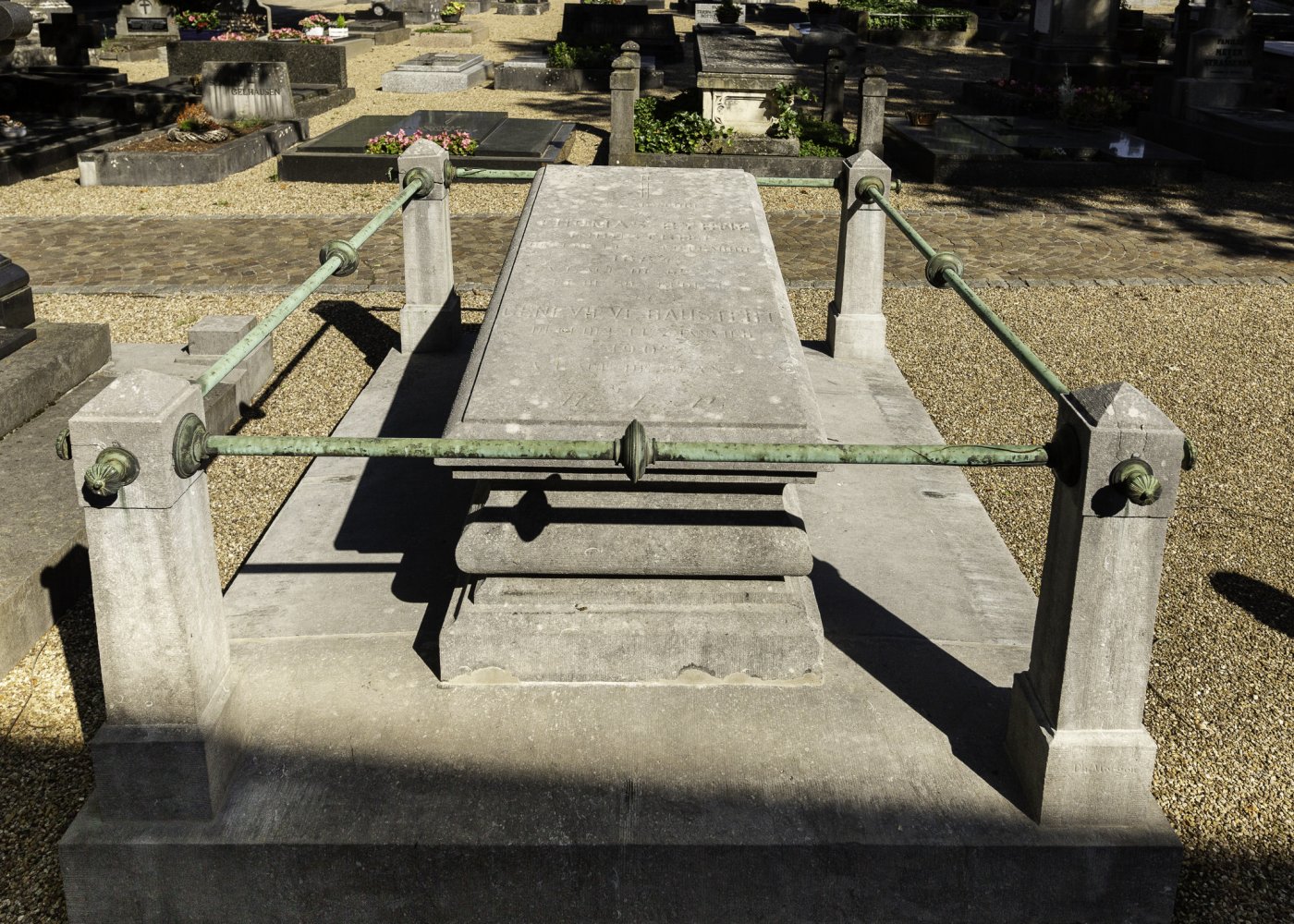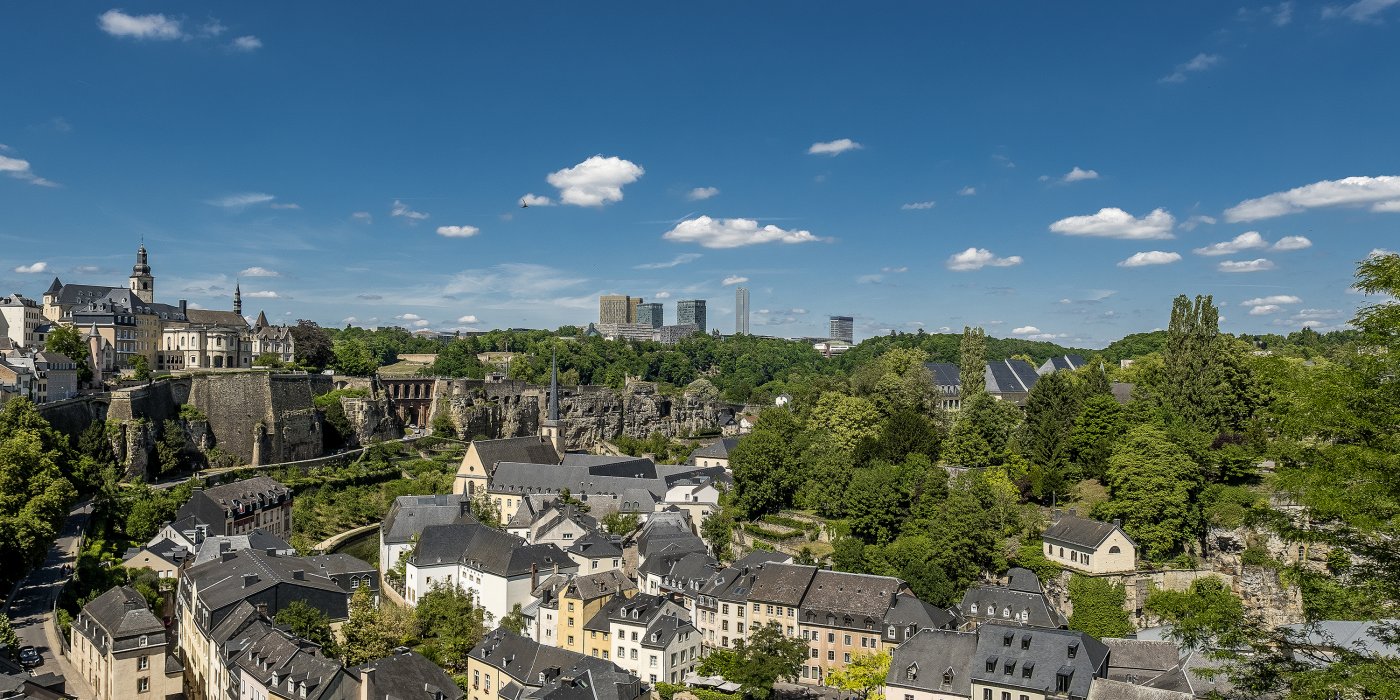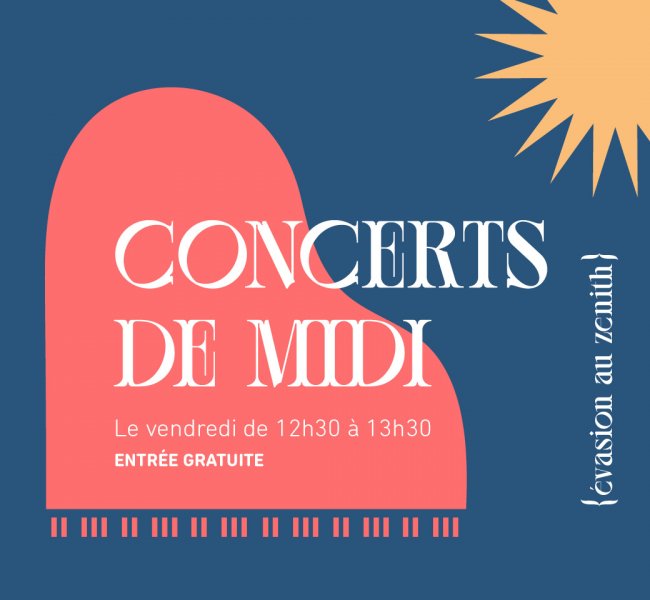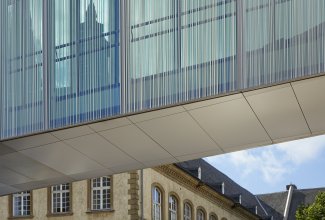Description
The tomb in memory of Thomas Byrne (1825–1884) and his wife, Geneviève Baustert (1830–1908), is protected by metal bars. Its design is simple compared to the extraordinary lives they led at the "Villa des Roses" on Boulevard Royal, which was built in 1876 on a former military site (5,884 square metres). The villa, with its many parlours, smoking rooms, dining rooms and billiards room, was surrounded by a vast park, which included a pond. The villa was built for Byrne by Victor Besme, author of the 1866 publication titled Plan général pour l'extension et l'embellissement de l'agglomération bruxelloise (General Plan for the extension and embellishment of the Brussels Conurbation), and architect of the Saint-Gilles church in Brussels. It was demolished in 1982. Thomas Byrne, whose family was originally from Ireland, came to Luxembourg to work for Waring Brothers, a company that had been hired to build the railway viaducts in Luxembourg City, as well as the Viaduct linking the Gare district and Ville-Haute. In 1859, Thomas Byrne married Geneviève Baustert, a Luxembourger who would become one of the country's leading industrial pioneers and benefactors.
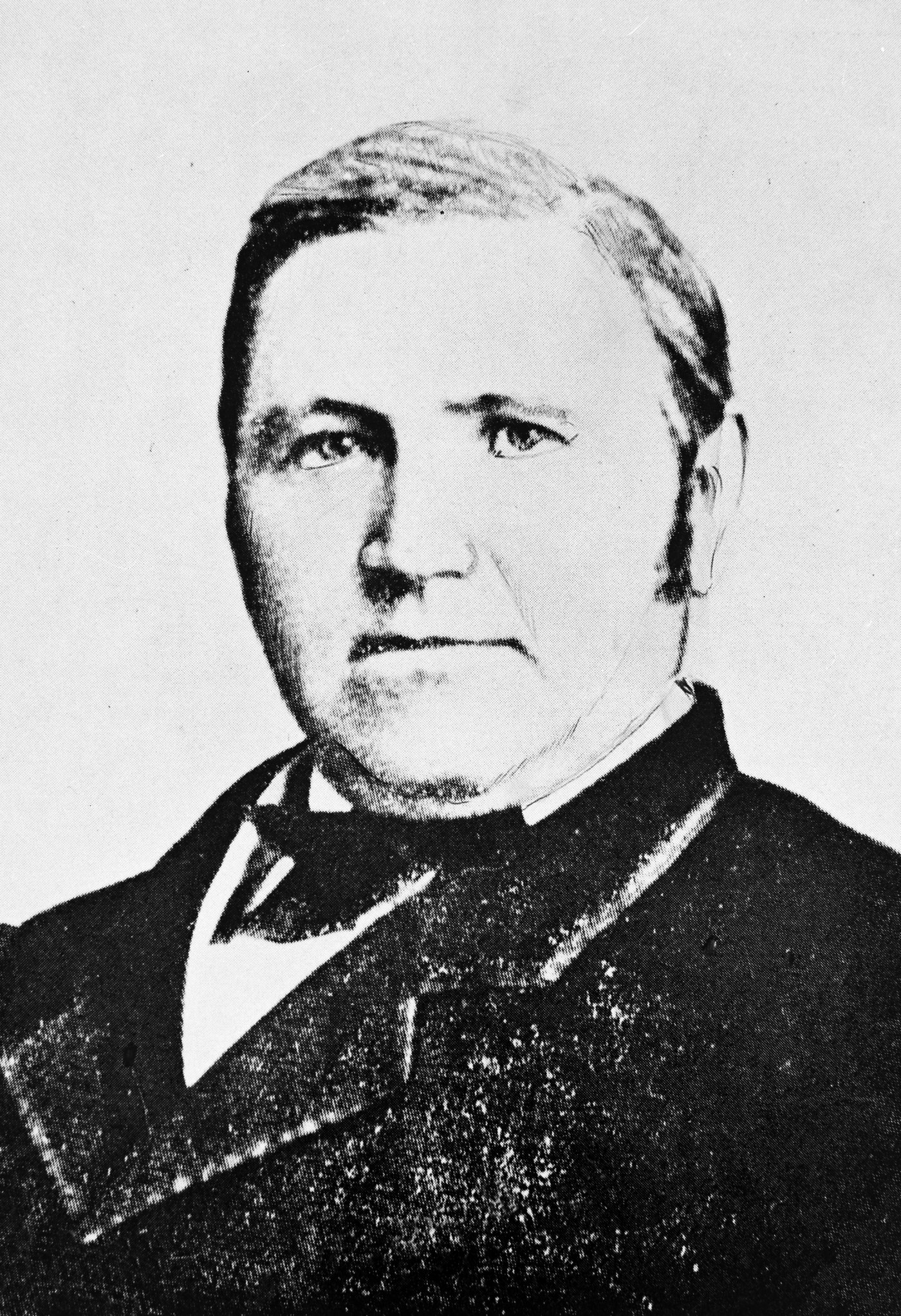
When the Viaduct was completed in 1861, Byrne went into business on his own selling real estate, goods and horses.In 1863 he applied for mining concessions in Rumelange and Tétange. In 1869, in partnership with the forgemaster Jules Collart, he sought and obtained mining concessions in Rodange. Industrially minded, he became one of the directors of the steelworks in Rodange in 1880. Even though his economic pursuits were in the south of the country, Byrne chose to live in the capital because he quickly understood that it was there that the governments led by Emmanuel Servais and Félix de Blochhausen were seeking to establish the centre of economic and political power. Byrne died unexpectedly on 7 September 1884 at the age of 59. His distraught wife immediately sought to sell the furnished villa and even offered to sell it to the government so that it could be used as the Minister of State's official residence. However, it was not until 1903 that the villa became the property of the forgemaster Louis de Gargan. Geneviève Baustert managed to successfully run her late husband's mines in Rumelange, and to safeguard his interests in the Rodange plants.
She died a wealthy woman in 1908, leaving behind two wills: one bequeathing a part of her fortune to her family, and the other bequeathing the rest of her fortune to charity. The bequests left to the City of Luxembourg, which required that the tomb be kept up, were to be used to fund a scholarship for Luxembourgers in secondary school, the operations of the J. P. Pescatore Foundation, the City of Luxembourg's Charities Office, and the furnishing of the cathedral in Gothic revival style. She did not forget the indigent, the poor, and the orphans and widows in the mining community in Kayl, where she owned iron ore mines, and she also funded similar charities in Pétange, where the Rodange plants were established.
